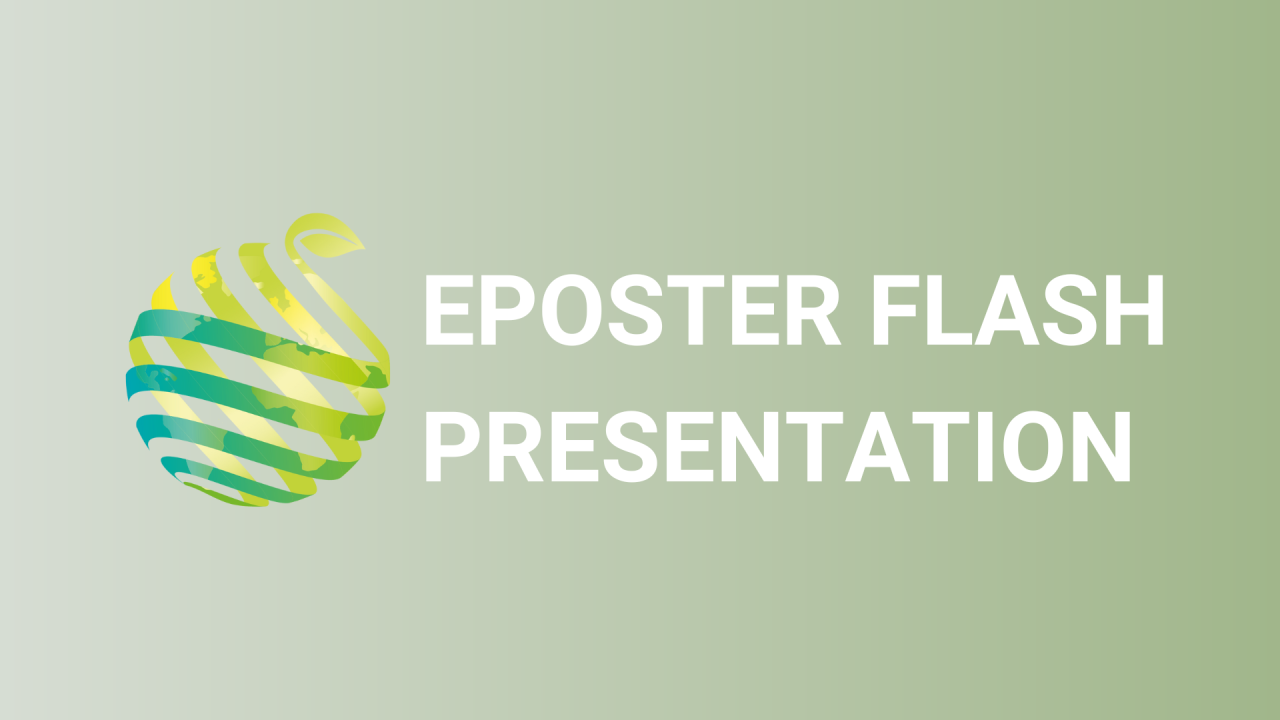

S13 - Session P2 - Development of a pyrolytic aqueous phase derived from resinous wood and having a biostimulant action for plant growth
Information
Authors: Selmene Ouertani *, Sébastien Lange, Pascale Ontchangalt, Christian Roy
Wood vinegar (WV) is a by-product of biomass pyrolysis, which is a thermochemical conversion process of lignocellulosics in absence of oxygen. A growing interest for WV has developed in the past decade for its biostimulant and biopesticide potential. For example, Pyrovac Inc., a Canadian manufacturer of pyrolysis equipment, has successfully developed and commercialized a WV named Coriphol™ from almond shells. Pyrovac Inc. hopes to develop a biostimulant from the same process in Canada with forest residues feedstock. The objective of this study was to investigate the phytotoxicity of WV produced from local Canadian black spruce residues (WVBS) and its effects on growth and yield of tomatoes in a greenhouse pot experiment. Four treatments namely Coriphol™ and WVBS diluted 500-fold and 800-fold with 50% (F50%) of the recommended fertilizer rate were applied by foliar spraying. In addition, 2 other treatments with tap water using 50% (F50%) or 100% (F100%) of the recommended fertilizer rate were used as controls. Our results showed that the phytotoxic concentration of WVBS on tomato leaves is between 0.75% and 2.5%. Moreover, up to a concentration of 2.5%, WVBS is not phytotoxic on tomato seeds germination. For the greenhouse pot experiment, none of the results were statistically significant for most growth parameters studied. The treatments with the two WV, in comparison to control treatment with water and a F100% fertilization, indicate that the WV applications seem to allow a reduction in fertilizer application rates without effect on tomato growth. Understanding the effects of WV and the best conditions and practices for their application is an important step towards sustainable agriculture and environmental protection. Other experiments on WVBS biostimulation effect for different plants and cultural systems and on biopesticides effect on potato production and conservation will also be discussed. Acknowledgement: NSERC for their financial support